
Over the course of my 30-year career as a professional picker and reseller, I’ve learned that raw instinct isn’t everything. Successful thrift shopping takes the right equipment, too.
If you’re thrift shopping for fun or looking for items to resell, let’s talk gear.
These tools will help you save time, find better bargains and make bigger profits.
1. Magnifying glass

My 52-year-old eyes need all the help they can get. A pocket magnifying glass like this one from Amazon helps illuminate fine print in books, maker’s marks on porcelain and signatures on artwork. Keep one in your purse or glove box. You may not use it every day, but it’s a lifesaver when you need it.
Prefer digital over analog? Use your iPhone’s Magnifier app or check out Lifewire’s list of top-rated magnifying apps for iPhone and Android devices.
2. Jeweler’s loupe
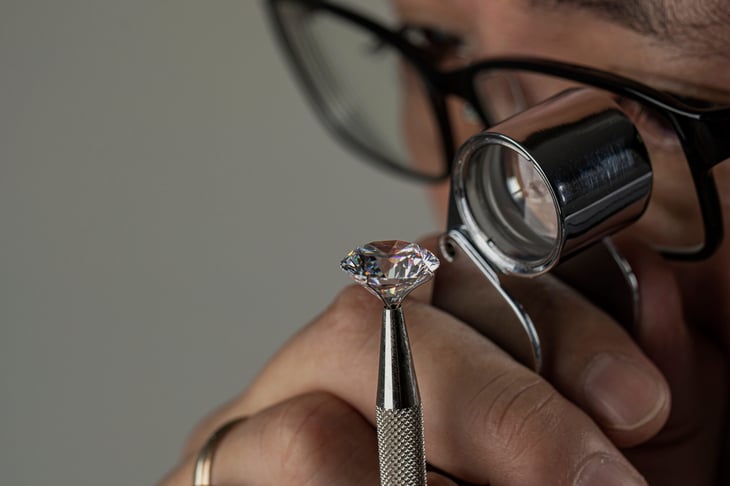
Hallmarks on jewelry, watches and flatware can be maddeningly small. When a magnifying glass won’t do the trick, invest in a jeweler’s loupe. This loupe from Walmart provides 30x magnification and sells for $5.99.
Bonus: Using a loupe establishes some serious street cred. After all, who doesn’t want to look like a professional appraiser from “Antiques Roadshow”?
3. Google Lens app

Have you ever stumbled upon a true curiosity — an object you can’t identify or describe well enough to research? Well, there’s an app for that.
Snap a pic of your mystery object using Google Lens. The free app scans millions of photos across the web and delivers results in seconds. With information in hand, it’s easy to determine if the item has profit potential in the resale market.
4. eBay app
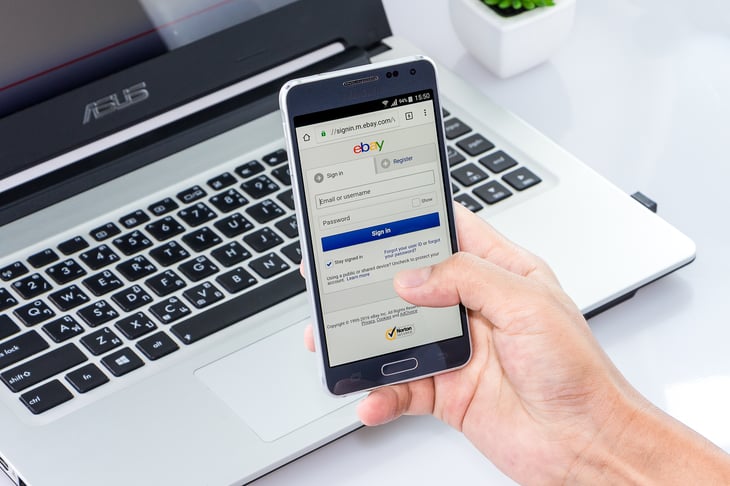
Though there are dozens of resale sites, eBay is still the major player in the secondhand merchandise market. And the eBay app makes it easy to search for final sale prices on almost anything. If you’re thrift shopping for profit, that historical data takes the guesswork out of buying.
Follow these five steps to access final sale prices on the app:
- Type the product name in the search bar and hit “Search.”
- Refine results by hitting the “Filter” button. In the drop-down list, select “Completed Items.”
- Hit the “Show Results” button.
- Hit the “Sort” button. In the drop-down list, select “Highest Price + Shipping.”
- Hit the “Show Results” button again.
Scroll through the results to see final sale prices. Sorted high to low, results also include unsold items. That last bit of information is important; it shows how long it takes the item to sell and may indicate if other final sale prices were a fluke.
5. Tape measure
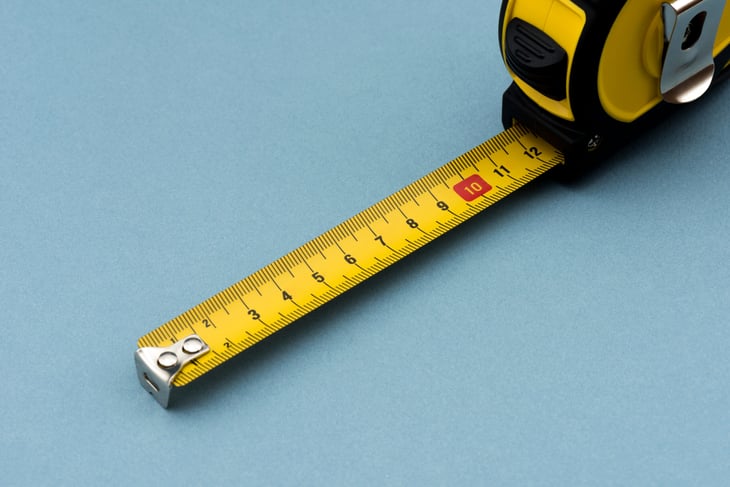
Looking for an odd-size picture frame? How about a taller-than-normal end table? Keep a tape measure handy so you can grab the right piece when you find it. This Komelon keychain tape measure is only $7.24 on Amazon.
6. Durable gloves
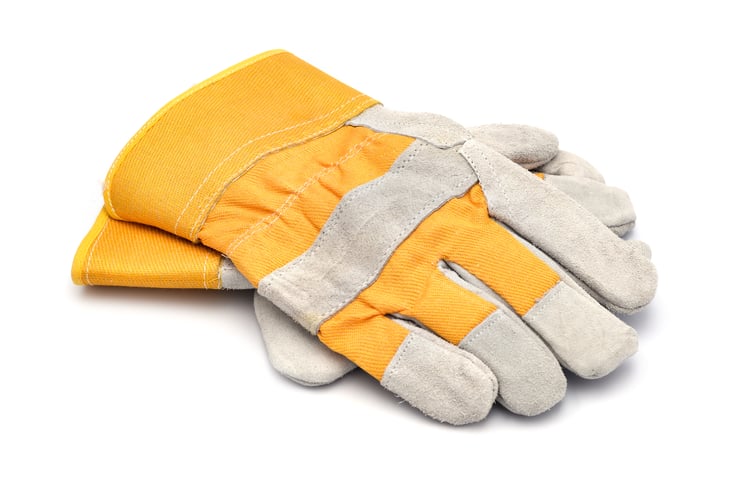
Sometimes you have to “suit up” to find bargains. Shopping Goodwill Outlets (aka “the bins”) is a perfect example. The last stop before the landfill, the bins are where leftover inventory is dumped into enormous rolling carts and sold by the pound.
Shoppers literally dig through piles of miscellaneous items in search of treasure. To guard against cuts and germs (and who knows what else), you’ll need durable gloves. I prefer form-fitting gardening gloves with rubberized palms.
7. Goo Gone
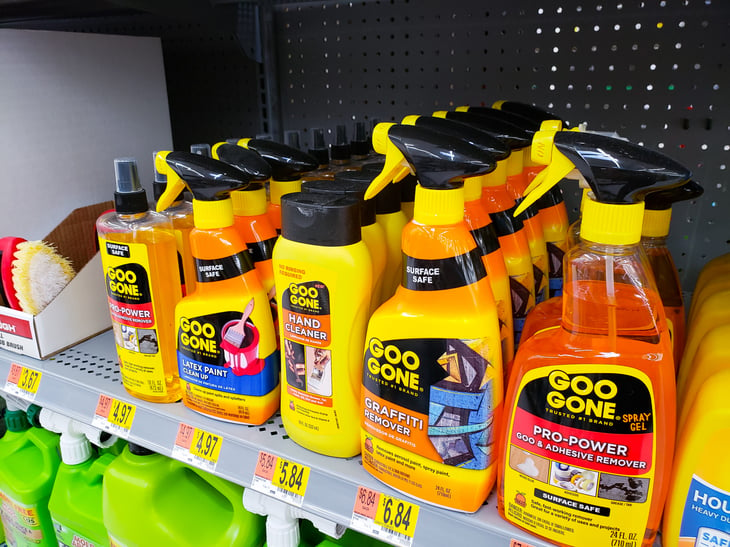
Removing the gunk left behind from price stickers is a problem as old as thrift shopping itself. And all serious secondhand shoppers have their own method.
Years ago, I relied on a solvent called Energine to remove glue residue. But due to health risks from prolonged inhalation, that product was discontinued. Today, Goo Gone is my go-to for safely removing stubborn stickiness.
8. Melamine sponge
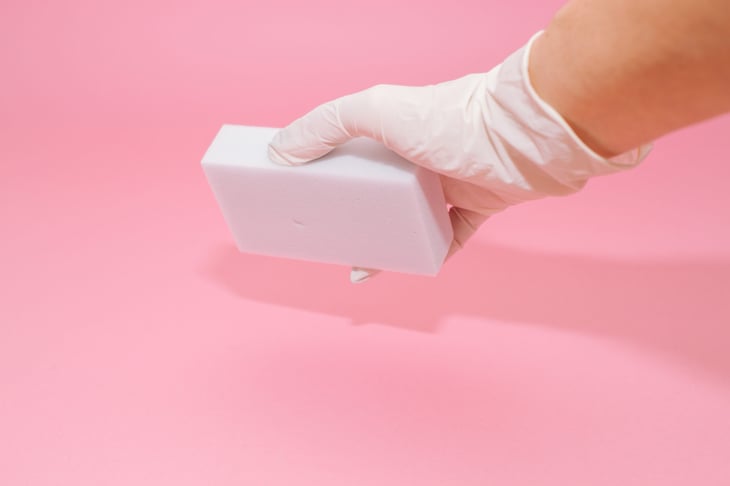
Many thrift stores still price hard goods using a grease pencil. Melamine sponges like Mr. Clean Magic Eraser easily remove these marks, not to mention stains on plastic and scuff marks on sneakers.
But proceed with caution. Surprisingly abrasive, Magic Erasers can damage some items.
9. Scratch cover
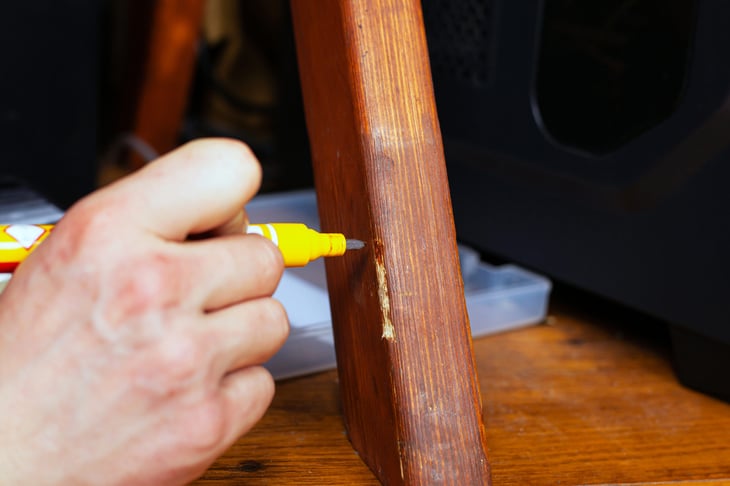
You don’t have to be a professional woodworker to breathe new life into old furniture. Scratch-cover products quickly revitalize wood surfaces and hide minor imperfections. This 8-ounce bottle of Old English Scratch Cover sells for $7.48 at Home Depot.
Just match the product with the wood color (light, medium or dark). For best results, apply with a cloth instead of a paper towel.





Add a Comment
Our Policy: We welcome relevant and respectful comments in order to foster healthy and informative discussions. All other comments may be removed. Comments with links are automatically held for moderation.